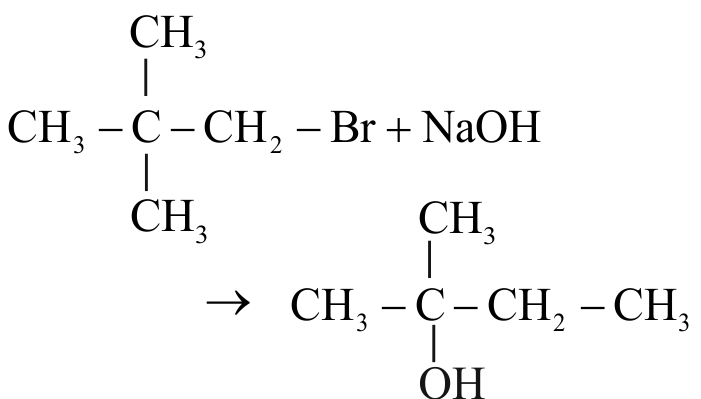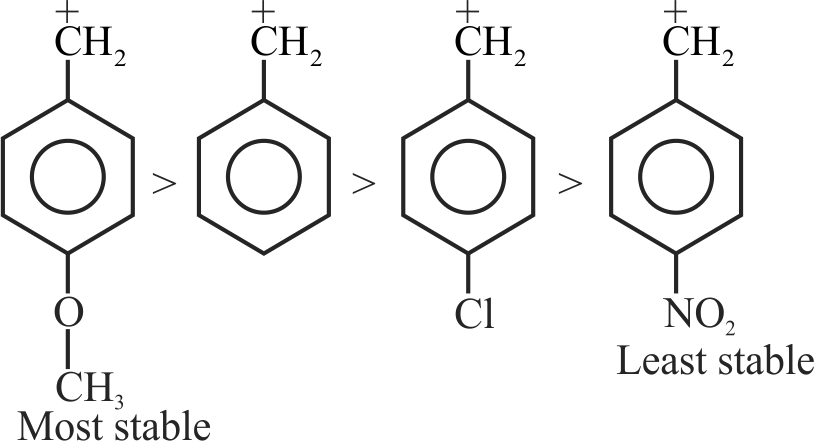317477
The false statements among the following are
(i) A primary carbocations is less stable than a tertiary carbocation
(ii) A secondary propyl carbocation is less stable than allyl carbocation
(iii) A tertiary free radical is more stable than a primary free radical
(iv) An isopropyl carbanion is more stable than ethyl carbanion
317477
The false statements among the following are
(i) A primary carbocations is less stable than a tertiary carbocation
(ii) A secondary propyl carbocation is less stable than allyl carbocation
(iii) A tertiary free radical is more stable than a primary free radical
(iv) An isopropyl carbanion is more stable than ethyl carbanion
317477
The false statements among the following are
(i) A primary carbocations is less stable than a tertiary carbocation
(ii) A secondary propyl carbocation is less stable than allyl carbocation
(iii) A tertiary free radical is more stable than a primary free radical
(iv) An isopropyl carbanion is more stable than ethyl carbanion
317477
The false statements among the following are
(i) A primary carbocations is less stable than a tertiary carbocation
(ii) A secondary propyl carbocation is less stable than allyl carbocation
(iii) A tertiary free radical is more stable than a primary free radical
(iv) An isopropyl carbanion is more stable than ethyl carbanion
317477
The false statements among the following are
(i) A primary carbocations is less stable than a tertiary carbocation
(ii) A secondary propyl carbocation is less stable than allyl carbocation
(iii) A tertiary free radical is more stable than a primary free radical
(iv) An isopropyl carbanion is more stable than ethyl carbanion


.png)
.png)
.png)
